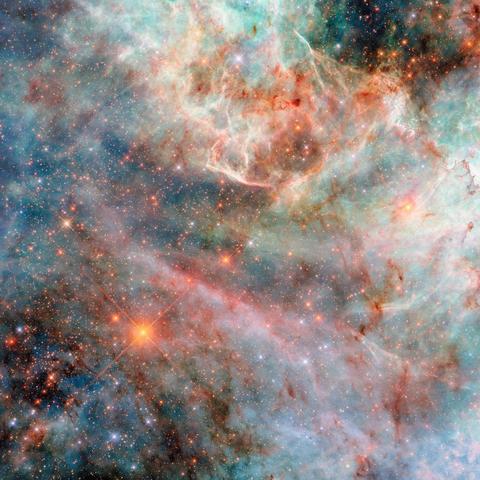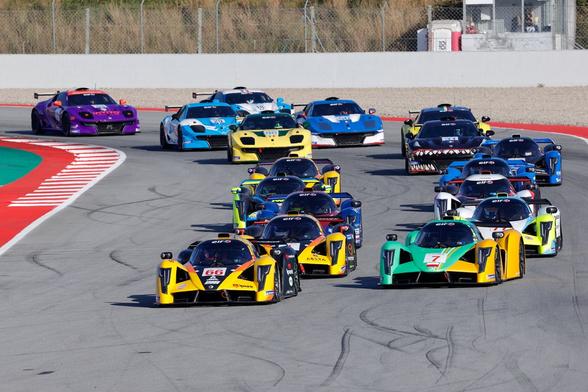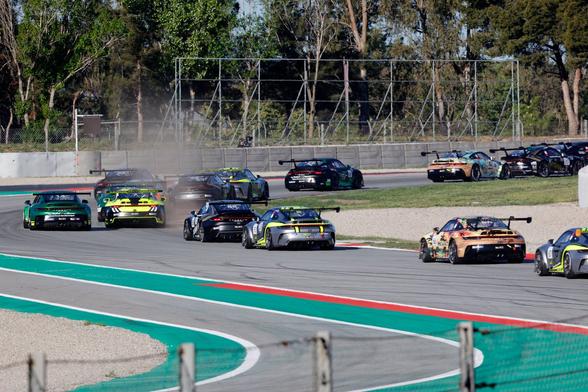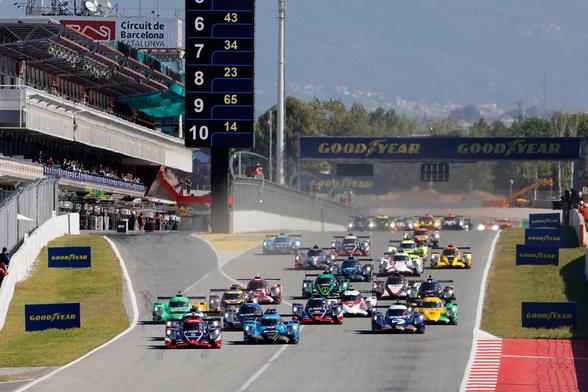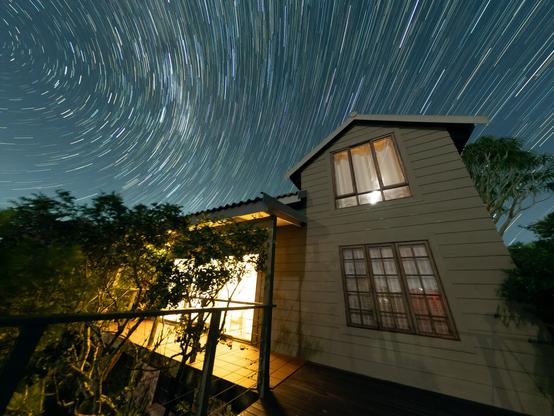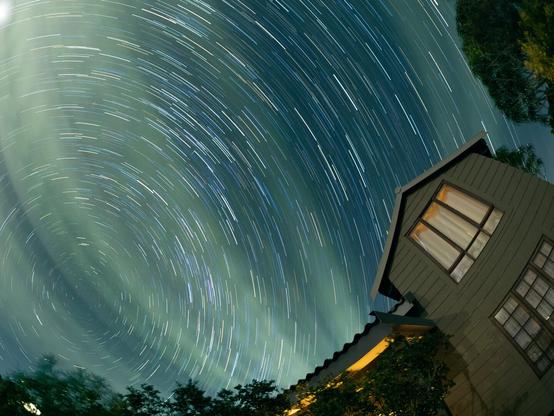Hubble Captures Cotton Candy Clouds
This Hubble Space Telescope image features a sparkling cloudscape from one of the Milky Way’s galactic neighbors, a dwarf galaxy called the Large Magellanic Cloud.
Credits: ESA/Hubble & NASA, C. Murray
https://science.nasa.gov/missions/hubble/hubble-captures-cotton-candy-clouds/
#Hubble #Astronomy #Astrophysics #Astrodon #galaxies #LargeMagellanicCloud #LMC #space #science #STEM #galaxy
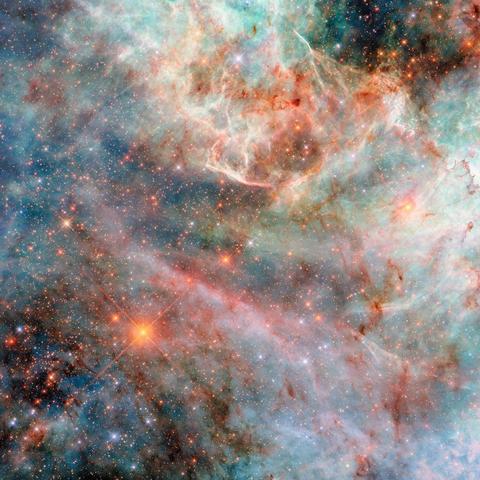
Hubble Captures Cotton Candy Clouds
This Hubble image features a sparkling cloudscape from one of the Milky Way’s galactic neighbors, located 160,000 light-years away.
Glad to hear that @martaracing@twitter.com is OK after this big crash. 🙏
Whising a speedy recovery! 💪
#LMC #BarcelonaRound
Glad to hear that @martaracing@twitter.com is OK after this big crash. 🙏
Whising a speedy recovery! 💪
#LMC #BarcelonaRound https://x.com/LeMansCup/stat…
🚥 T I M E T A B L E 🚥
Here comes this weekend's schedule featuring
✅#ELMS #4HBarcelona
✅ #LMC #BarcelonaRound
✅ #LigierEuroSeries
✅ Porsche #CarreraCupFrance
🏟️ Access by Gate 3 from 8.30am! 🤗
ℹ️🎟️ https://circuitcat.com/en/events/euro…
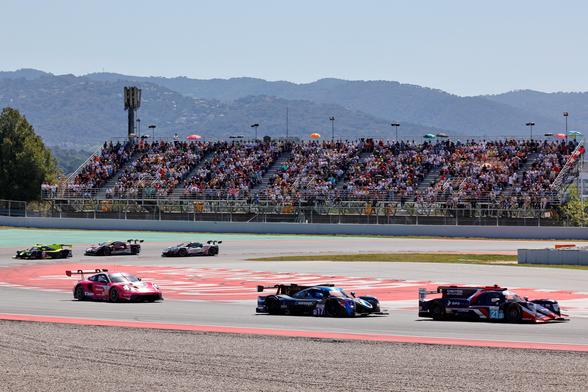
European Le Mans Series 2025
The Michelin #LMC grid doesn't fall short either! 🤩
📸 @LeMansCup@twitter.com 👍
The Milky Way paints swirls around the south celestial pole 🌌
📷 Olympus OM-1
🔭 Rokinon/Samyang 7.5mm f/3.5 Fisheye (corrected)
🎨 Edited with
#darktable
🚫 No generative AI
#pixelfed #fediverse #photography #omsystem #olympus #astrophotography #space #galaxy #universe #livecomp #startrails #milkyway #lmc #smc #celestialpole #noaiÇa se passe là haut
astrophysique, astronomie, cosmologie, astroparticules.
New paper by Norberto Castro where I was able to contribute (
https://arxiv.org/abs/2410.21391). In MUSE NFM data we discovered what seems to be an outflow originating from the massive Wolf-Rayet binary Mk34 in the 30 Doradus region.The ionized gas in the direction of the outflow (red polygon in the image) has line ratios that sets it apart from the surrounding medium.
#WRstars #Mk34 #30Dor #LMC #musevlt

Outflow from the very massive Wolf-Rayet binary Melnick 34
Melnick 34 (Mk 34) is one of the most massive binary systems known and is one of the brightest X-ray point sources in the 30 Doradus region. We investigated the impact of this massive system on the surrounding interstellar medium (ISM) using the optical spectroscopic capabilities of the narrow-field mode (NFM) of the Multi-Unit Spectroscopic Explorer (MUSE). MUSE-NFM spatially resolved the ISM in the vicinity of Mk 34 with a resolution comparable to that of the HST. The analysis of the [NII]$λ$6583 and [SII]$λ$6717 emission lines reveals a cone-like structure apparently originating from Mk 34 and extending southeast. Electron density maps and radial velocity measurements of the ISM lines further support an outflow scenario traced by these emissions. While no clear northwestern counterpart to this outflow was observed, we note increased extinction in that direction, towards the R136 cluster. The ISM material along the projected diagonal of the outflow on both sides of Mk 34 shows similar properties in terms of the emission line ratios seen in the Baldwin-Phillips-Terlevich diagram. These results are consistent across two observational epochs. Additionally, we examined the residual maps within a 0.5" radius of Mk 34 after modeling and subtracting the point spread function. The observed variations in the residuals could potentially be linked to Mk 34's known periodic behavior. However, further observations with appropriate cadence are needed to fully monitor the 155 day periodicity of Mk 34's X-ray emissions.
